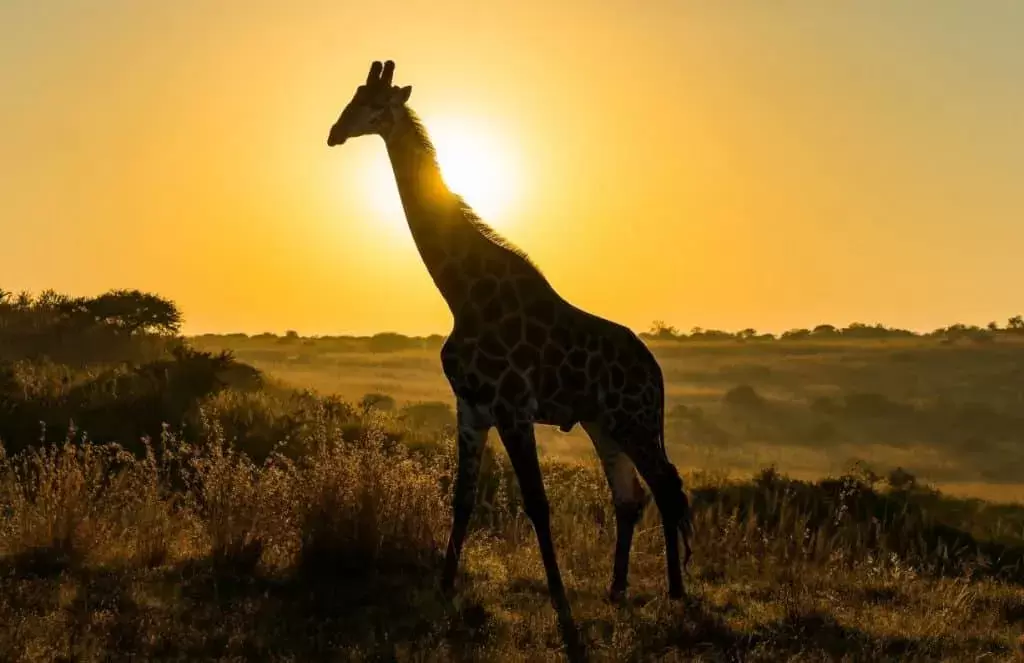|
Giraffes are some of the most recognizable and majestic creatures on the planet. These towering animals, which can reach heights of up to 18 feet, are known for their long necks, distinctive spotted patterns, and gentle dispositions. They are found throughout much of the African continent, ranging from savannas and grasslands to woodlands and forests. One of the most fascinating aspects of giraffes is their unique anatomy. Their necks, which can be as long as six feet, contain only seven vertebrae, just like every other mammal.
However, these vertebrae are elongated and specialized, allowing giraffes to reach high into trees and consume leaves that are out of reach for other herbivores. To accommodate this long neck, giraffes have an enlarged heart that can pump blood up to their brain at a pressure that would kill most other animals. Giraffes are also known for their distinctive spotted coats, which help to camouflage them in their native habitats. Each giraffe's coat is unique, with a pattern of dark brown spots on a light brown or cream-colored background. Giraffes use their coats to regulate their body temperature, with darker spots absorbing more heat and lighter areas reflecting it back. Additionally, giraffes have long, muscular tongues that they use to strip leaves from trees and thorny bushes without injuring themselves. Despite their size and imposing appearance, giraffes are among the most gentle and social creatures in the animal kingdom. They typically live in loose herds, with females and their young forming tight-knit groups while males tend to wander alone or in small bachelor groups. Giraffes communicate with each other through a variety of vocalizations, including low-frequency humming and snorting sounds, and they also use body language to convey their intentions and emotions. Unfortunately, giraffes are facing a number of threats to their survival in the wild. Habitat loss, poaching, and human-wildlife conflict are all major issues that are putting giraffe populations at risk. According to the International Union for Conservation of Nature (IUCN), giraffes are currently listed as "vulnerable" on the Red List of Threatened Species, with population declines of up to 40% in some areas. Conservation efforts are underway to help protect giraffes and their habitats. These efforts include habitat restoration, anti-poaching measures, and community-based conservation initiatives that work with local people to reduce human-wildlife conflict. In addition, many zoos and wildlife parks around the world are actively involved in giraffe breeding and conservation programs to help ensure the survival of these magnificent creatures. In conclusion, giraffes are truly the gentle giants of the savanna. Their unique anatomy, distinctive coats, and gentle dispositions make them one of the most fascinating and beloved creatures in the animal kingdom. However, their survival in the wild is under threat, and it is up to all of us to work together to protect these magnificent animals and their habitats for future generations to enjoy.
0 Comments
Leave a Reply. |
�
categories
Categories
All
|





 RSS Feed
RSS Feed